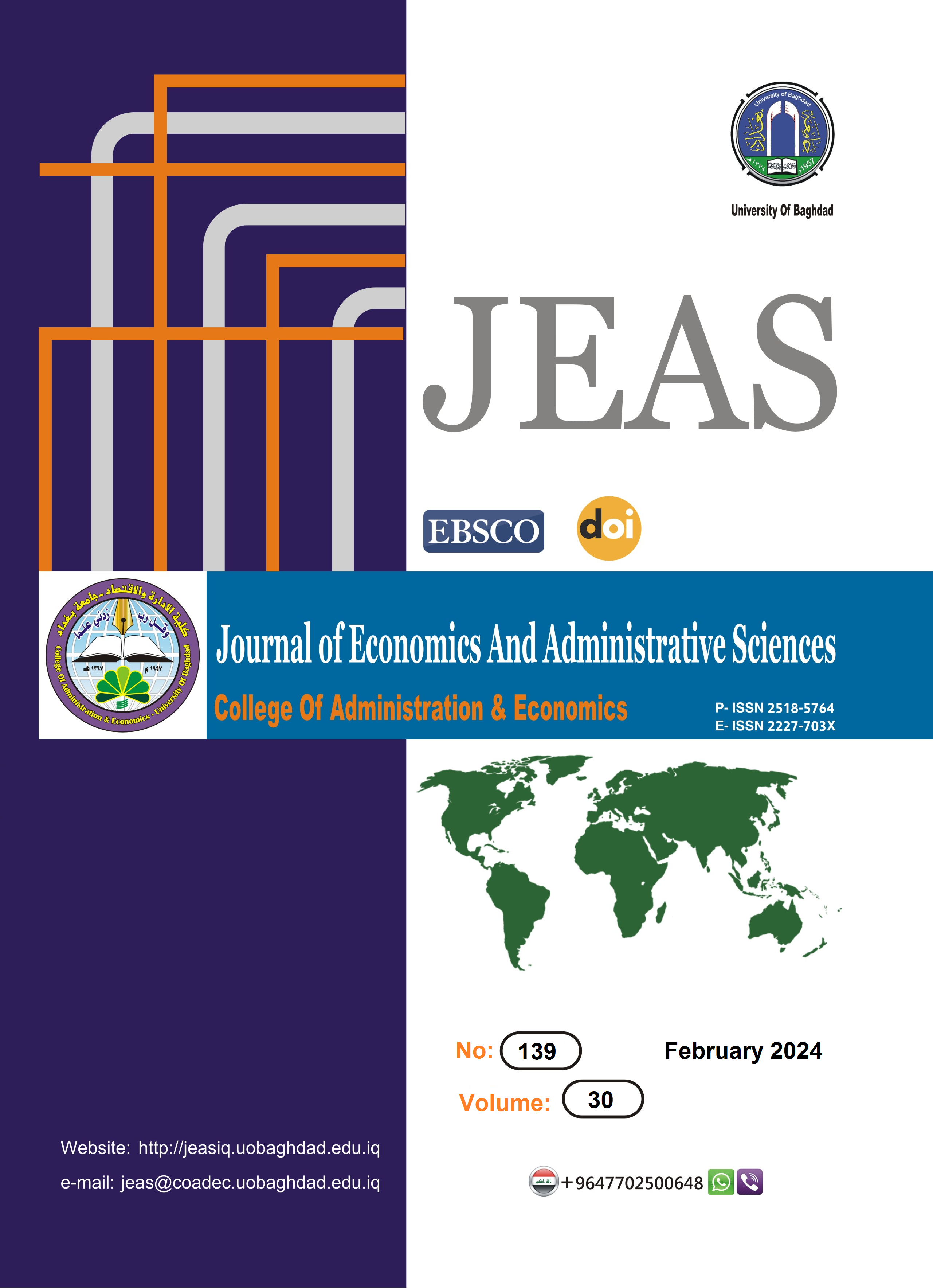CPM for Project Scheduling: Case Study in Karbala Metal Silo
DOI:
https://doi.org/10.33095/v4ry0989Keywords:
Project Scheduling, Critical Path Method, Tradeoff between Time and cost, Scheduling costs.Abstract
The understanding of techniques called project scheduling methods, and the delay in the completion of the Karbala metal silo in the holy province of Karbala is the non-use of modern techniques in implementation, so the research sought to provide the use of project scheduling using one of the advanced scientific methods that have proven the extent of its ability to schedule any project and its projects are the trade-off between time and the cost of completing the project . The objective of this research is to find the time and cost of completing the silo project in normal and crash conditions using CPM, which will facilitate the marketing of local wheat from the farmer and export it to mills. MS-Project was used to find the critical path. The cost distribution method was also used according to early start (ES) and latest start (LS) methods for calculating the process of distributing the costs of project activities and determining the area of financial savings when implementing project activities. The results obtained showed the importance of CPM and its efficiency in project scheduling, as the project was completed in normal conditions in 396 days and a total cost of 5,012,811,028 ID. However, when activities were crashed, the project completion time was 307 days and a total cost of 5,043,894,328 ID. The results also proved that using the method of allocating costs according to the LS method helped the decision maker to determine the area of financial abundance and the limits of financial maneuvering that he can perform during the completion of the project activities
Downloads
Published
Issue
Section
License
Copyright (c) 2024 Journal of Economics and Administrative Sciences

This work is licensed under a Creative Commons Attribution-NonCommercial-NoDerivatives 4.0 International License.
Articles submitted to the journal should not have been published before in their current or substantially similar form or be under consideration for publication with another journal. Please see JEAS originality guidelines for details. Use this in conjunction with the points below about references, before submission i.e. always attribute clearly using either indented text or quote marks as well as making use of the preferred Harvard style of formatting. Authors submitting articles for publication warrant that the work is not an infringement of any existing copyright and will indemnify the publisher against any breach of such warranty. For ease of dissemination and to ensure proper policing of use, papers and contributions become the legal copyright of the publisher unless otherwise agreed.
The editor may make use of Turtitin software for checking the originality of submissions received.


























